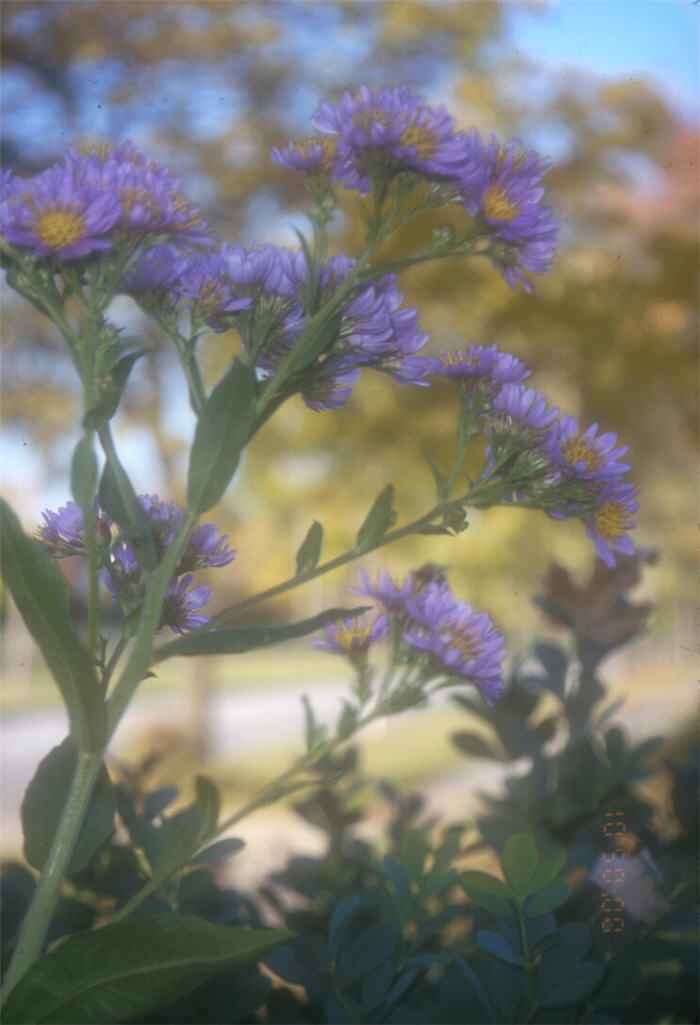| Botanical Name: Aster tataricus | |
| Common Name: Tatarian Aster |

-
Anatomy
-
Culture
-
Design
Plant Type
Perennial
Height Range
3-6'
Flower Color
Lavender
Flower Season
Fall
Leaf Color
Green
Bark Color
n/a
Fruit Color
n/a
Fruit Season
n/a
Sun
Full
Water
Low, Medium
Growth Rate
Moderate
Soil Type
Sandy, Clay, Loam, Rocky, Unparticular
Soil Condition
Average, Poor, Well-drained, Dry
Soil pH
Neutral
Adverse Factors
n/a
Design Styles
English Cottage, Meadow, Ranch
Accenting Features
Showy Flowers
Seasonal Interest
Fall
Location Uses
Background, Perennial Border, Shrub Border, Foundation, Patio, Walls / Fences
Special Uses
Cut Flowers, Hedge, Small Spaces
Attracts Wildlife
Butterflies
Information by: Stephanie Duer
Photographer:
Photographer:
-
Description
-
Notes
Tatarian aster is an erect, tall-growing species, 3 to 6 feet tall and 2 to 3 feet wide, though it rarely needs staking due to thick, sturdy stems. Distinctive paddle-shaped, lower leaves are up to 24 inches long and 6 inches wide, but leaves are significantly smaller in size higher up on the plant. Small but abundant flowers with deep lavender to blue rays and yellow centers appear in flat-topped clusters in autumn. A late blooming aster that still looks fresh at time of first frost. Attractive to butterflies. Use at the back of a perennial border or tucked in among the ornamental grasses.
Grow in average, medium to dry, well-drained soils in full sun to part shade. Pinching back stems in late spring will lower overall plant height, but will also delay bloom onset and increase branches, increasing the number of blooms. A light winter mulch will help protect crowns. Cut stems to the ground in early spring before new growth appears. Wet soils in winter can be fatal.